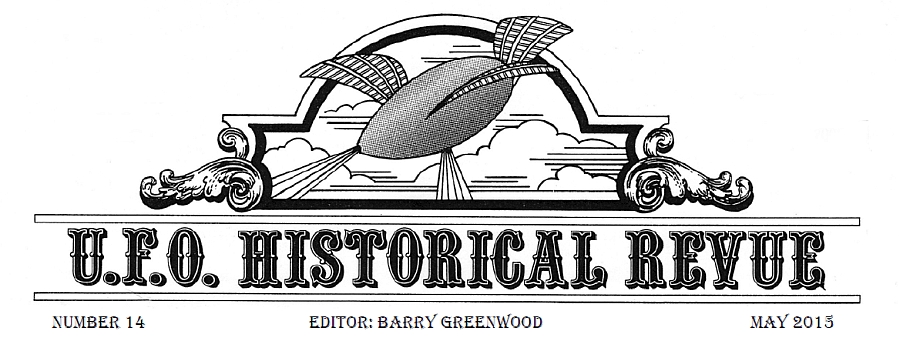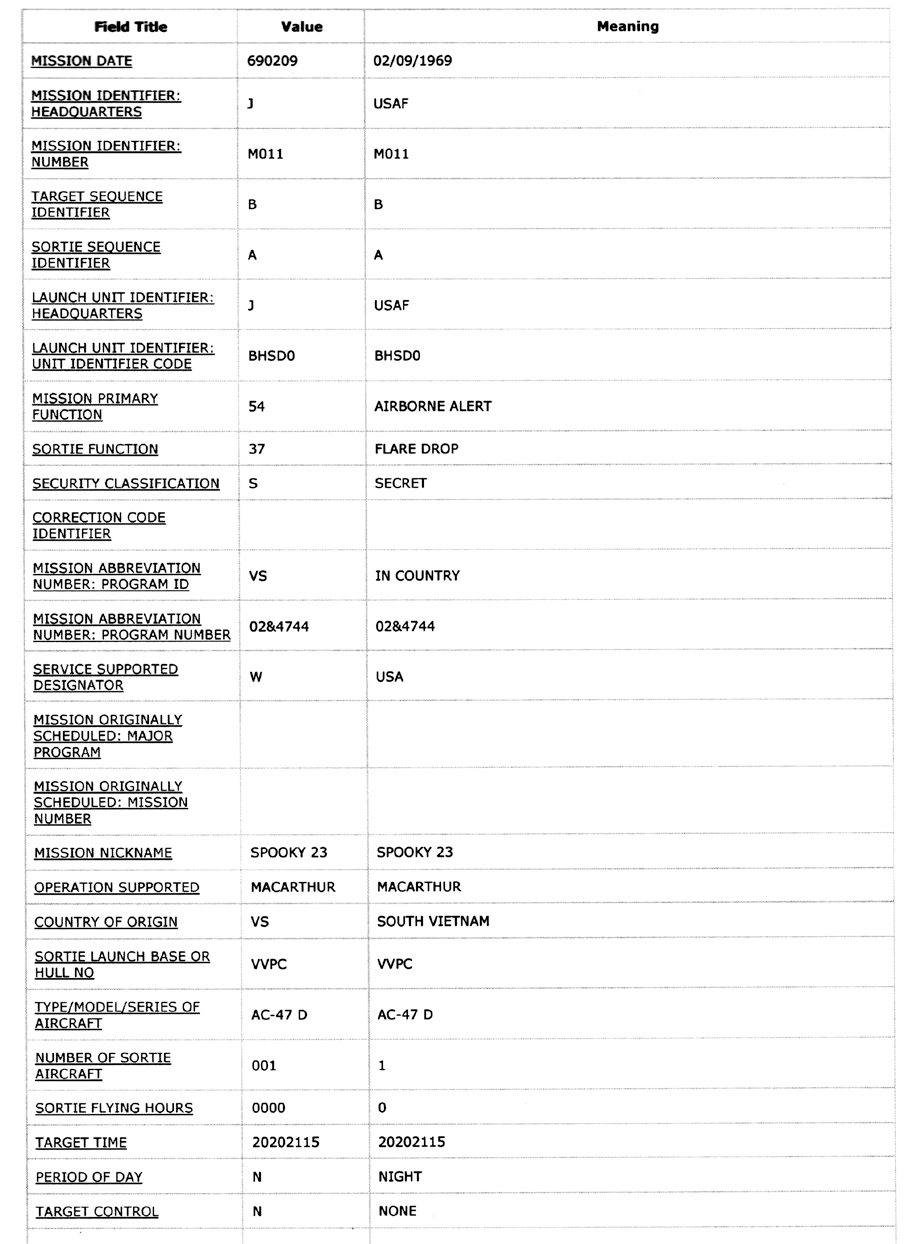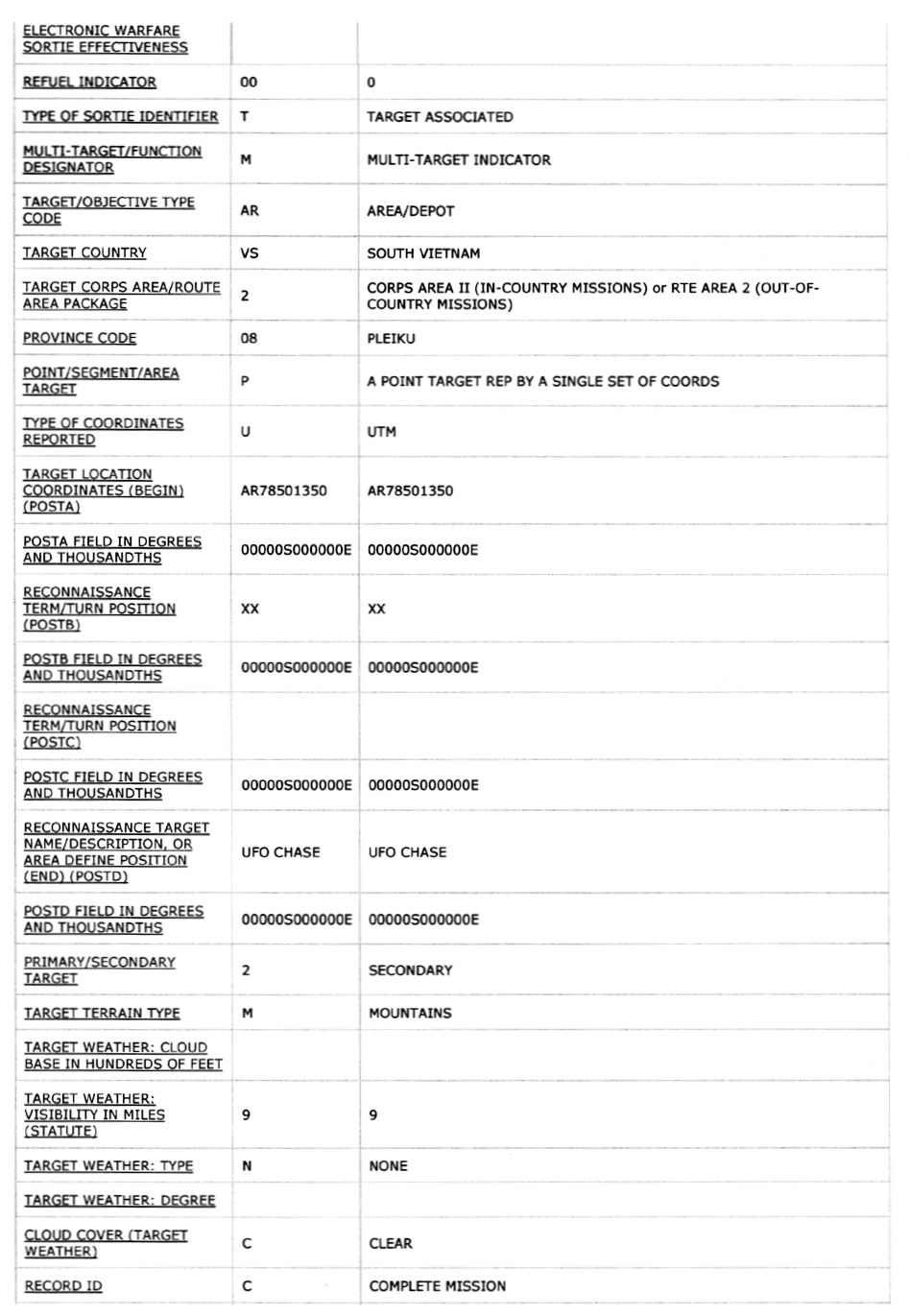

THE National Archives in Washington, D.C. is commonly called America's memory. Housed there is the government’s UFO involvement between 1947 and 1969, Project Blue Book, with well over 100,000 pages of UFO investigations and administrative handling. It shouldn’t be surprising to say that Project Blue Book is not all there is to the official UFO memory. When the Freedom of Information Act was reconstituted into a more readily usable form for the public in 1974, many of us began to use it to probe what else might have been documented outside the influence of Blue Book. The result was around 4000 pages of UFO-related records by 1984, and well-more than double that to the present time
In this era of digitization it behooves the government to transform their hardcopy paperwork into an easier-to-use format. The National Archives has begun this process with its vast holdings, through what will be a long period of time. Project Blue Book is still available in hardcopy and microfilm from them but others have already digitized the film. Fold3.com has made Blue Book open to the public for a number of years.
Given that a variety of digitization projects are under way at the Archives, it doesn’t take much to check their search engines to see what has been added. If one takes the basis search of the whole Archive website and enters “UFO,” or a similar phrase, there will be a listing of Project Blue Book entries along with an assortment of other sources, such as Oral History discussions of the topic. However, there are other searches of the Archives that do not produce well-known sources.
I tried one of those: “access to archival databases” which probes the new digital listings of archive documents. Immediately a listing was compiled of message traffic for the State Department, long interested in simplifying their own archival problems. Using “UFO” I was able to access messages from the 1970s mostly dealing with the efforts by the island of Grenada to urge the United Nations to back a UFO study.
But a bigger surprise was looming. Along with the State Department listing was another file group, described as the “CACTA,” or “Combat Air Activities File.” This was a collection of records outlining air missions during the Vietnam war in summary form. Clearly, there has been a demand for old Vietnam papers, with Veteran(s) exploring their years of service and refreshing memories. A site with “Combat Air Activities?” Why not toss in “UFO” and see what happens without much in the way of expectations.
To my astonishment a list of records turns up, describing Air Activities in Vietnam with terms like “SUS UFO,” “UFO,” “UFO SERCH” and “UFO CHASE.” Such results, to put it mildly, were unconventional. During the time that Larry Fawcett, Bob Todd and myself were chasing documents while working with Citizens Against UFO Secrecy, we tried to avoid using the term “UFO” in correspondence beyond what had to be done when the acronym was specifically used in government records. In filing requests with Agencies, the impression was given after a while that including “UFO” in a request would raise the image of the requestor as a “kook”, “nut” or worse, with the request being marginalized as being less than serious. Agencies had many other ways to refer to such phenomena without using “UFO,” making our decision not to use it as practical. It is certain that the popular stigma of the UFO was difficult for agencies to use, even internally.
Well, apparently, this wasn't a universal notion. The Air Force in Vietnam not only used “UFO” but it was used as a standard descriptor when such a phenomenon was evident. With all of these reports in the CACTA database, “UFO” was ascribed well after the Condon Report's conclusions were widely publicized that nothing was to be gained by further Air Force investigations.
So what are these reports?
They are in a summary form on an Excel-like grid with no narratives. Some of the reports were listed more than once so, when combined, they boil down to sixteen reports. All the listed as “SECRET.” Apparently still not available to the public. As such, a FOIA Request will be filed shortly. The aircraft missions varied as, “air interdiction,” “visual recconnaisance,” (sic) “flare drop,” “strike,” or “airborne alert.” (see attached printout, next page) during this time the Air Force was backing away from UFOs publicly while at the same time liberally using that acronym for inside chronicling. UFO Researchers were wittingly trying to avoid the tainted term, while unwittingly we were missing interesting information by not using it.
Note that reports of possible unidentified man-made vehicles, or “Aircraft (Unident)”, were distinguished from not-obviously man-made objects, or “Unknown/Unidentified.” None of the reports are in Project Blue Book's listing of UFO cases. This is likely an echo of the Bolender memo which said that reports of National Security concern are not part of the Blue Book system.
Almost certainly some of these reports could have a conventional explanation if there were more than summaries. There would seem to be no good reason to withhold the reports if a FOIA request were filed. These events were 50 years ago. Invoking National Security for a war that ended in the now distant past would not be convincing.
The CACTA database is limited in coverage at the moment, offering results from only three years of the Vietnam war out of the ten fought. It is fully expected that more such incidents will appear When the database is expanded.
Case summaries (all reports except 1/25/69 were at night):

“I don't know whether this story has ever been told or not. They weren't
called UFOs. They were called enemy helicopters. And they were only
seen at night and they were in certain places. They were up around
the DMZ in the early summer of '68. And this resulted in quite a
little battle. And in the course of this, an Australian destroyer
took a hit and we never found any enemy, we only found ourselves
when this had been all sorted out. And this caused some shooting there,
and there was no enemy at all involved but we always reacted.
Always after dark. The same thing happened up at Pleiku at the
highlands in '69.”
— General George S. Brown, USAF Chief of Staff (Press conference,
Illinois, 10/16/1973)
There are other known UFO reports of the Vietnam War era. On
June 11, 1967 at Da Nang, South Vietnam witnesses viewed a silver
cylinder for several minutes. While the object was in view it was
said that two F-104 aircraft chased the UFO (AP Dispatch, June 15,
1967). On June 19, 1966 a UFO appeared at Nha Trang from the north
and moving in a stop & go fashion. It stopped and hovered 300 -
500 feet above the ground. Electromagnetic effects were reported on
vehicles and machinery for about 4 minutes as the object
illuminated an Army base. It soon after shot into the air and
disappeared in seconds (Ray Fowler case file). The Australian missile destroyer, the HMAS Hobart, was damaged by friendly fire on
June 15, 1968 off the coast near the DMZ that some allege was
instigated by UFO activity instead of the official story, Enemy
helicopters.
(See: http://www.ufoevidence.org/cases/case60.htm)
The CACTA DATABASE CASE SUMMARIES


We can now confirm General Brown's Vietnam/UFO quote as accurate. He also mentions the incident with the HMAS Hobart without naming the vessel.
One National Archives Blogger, Joe Gillette, a processing archivist
at Archives 2, reported finding the Daily Journal of the 23rd
Infantry Division's Chu Lai Defense Command. In the January 6, 1969
entry, observation tower 72 called in at 1:52 AM:
"Twr 72 rpts
object flying into their area about 700m in front of them. AZ310.
Object came in slow over the ASP & landed. When moves it has a
glowing light. It is about 15-20 ft. across. It is shaped like a big
egg. Control twr rpts their radar did not pick anything up. Object
also does not seem to have any sound to it when it moves."
This all sounds rather sensational. Doubts? Check it yourself:
http://blogs.archives.gov/TextMessage/2011/06/06/no-enemy-contact-but-alien-contact%E2%80%A6/
...And for the AAD database: http://aad.archives.gov/aad/ .
Following is a sample of a Case Report from the CACTA Database:


 Download
UHR#14 as .pdf Document
Download
UHR#14 as .pdf Document
 Download Sarasota Herald-Tribune article about the find by
veteran UFO reporter, Billy Cox
Download Sarasota Herald-Tribune article about the find by
veteran UFO reporter, Billy Cox
|
|
|
|